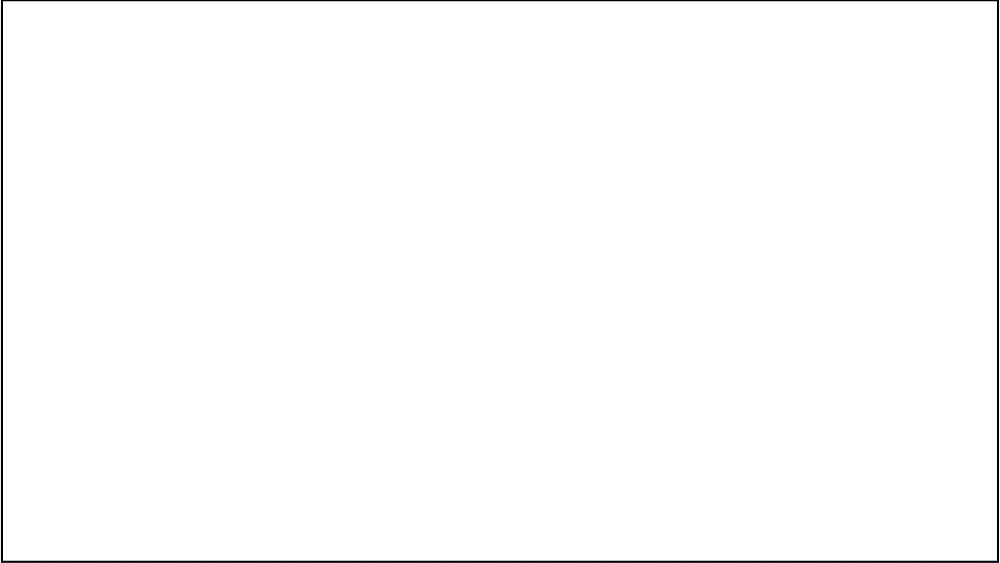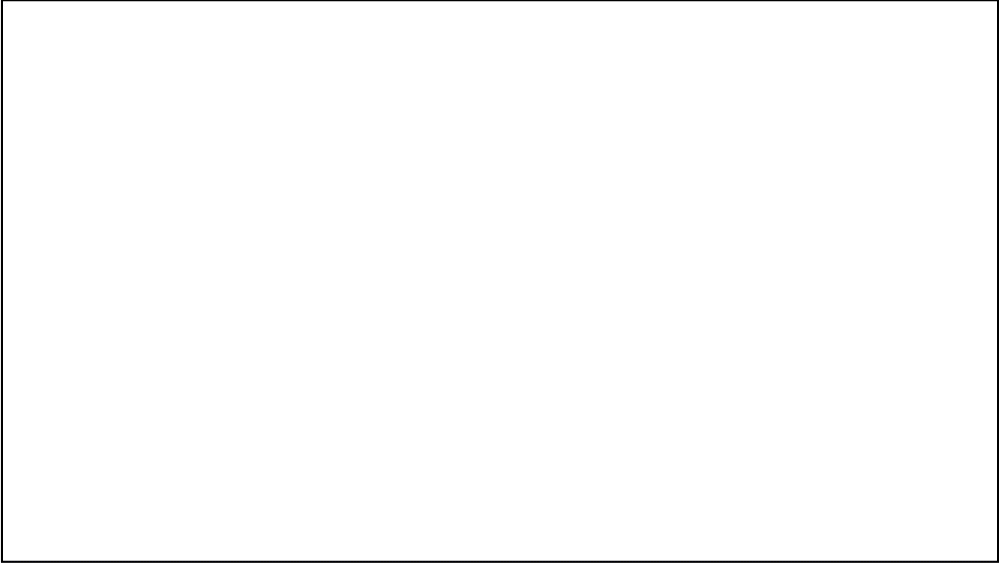UCSF Motion Graphics
Elevating UCSF's Institutional Videos
Since 2021, I have been working for UCSF as a contractor to design and implement motion graphics for their institutional videos, including the animation design for their logo. This has largely consisted of different styles of lower thirds, opening graphics, and animated text cards. For all of UCSF’s animations, I prioritize clean and confident movement, employing their strict brand guides in a way that portrays the dignity of the UCSF brand.
Project Summary
Motion graphics for institutional videos
Deliverables
After Effects files, final animations (.mov)
My Contribution
Motion design
Design Process
The foundation of UCSF’s motion design was the animation of the logo itself. The movement needed to be confident and clean; without unnecessary flourish or any distracting elements. The creative leadership at UCSF gave me a general idea of what they were looking for, and I provided them with three variations that aligned with that scope.
Option 1: A decisive line cuts from left to right, dropping down to reveal the UCSF logo, reminiscent of a flag unfurling.
Option 2: Maintaining the strong initial line, the logo opens from left to right, revealing the box first and the lockup second.
Option 3: Simple and bold, the entirety of the logo is revealed from left to right, swift and direct.
Final Logo Animation
After a few rounds of feedback and refinements, we decided on a swift and strong swipe from left to right, in conjunction with the steady fade-in, of the square logo element, revealing the UCSF logo mark within. The style of this movement would inform the lower-third animations for future institutional videos.
Other Applications
In addition to the logo animation, I also developed the motion design for all the motion graphics featured in various UCSF institutional videos, including the Alumni Awards, Chancellor Awards, CCOP, and more. My most recent work was featured at DreamForce 2024 to announce the winner of UCSF’s Courage Award, presented by Matthew McConaughey.
For many lower-third designs, the movement was mirrored from right to left rather than from left to right. This allowed the graphic line that anchored the text to the left of the screen to bring on the title while still echoing that same decisive motion seen in the logo animation.








